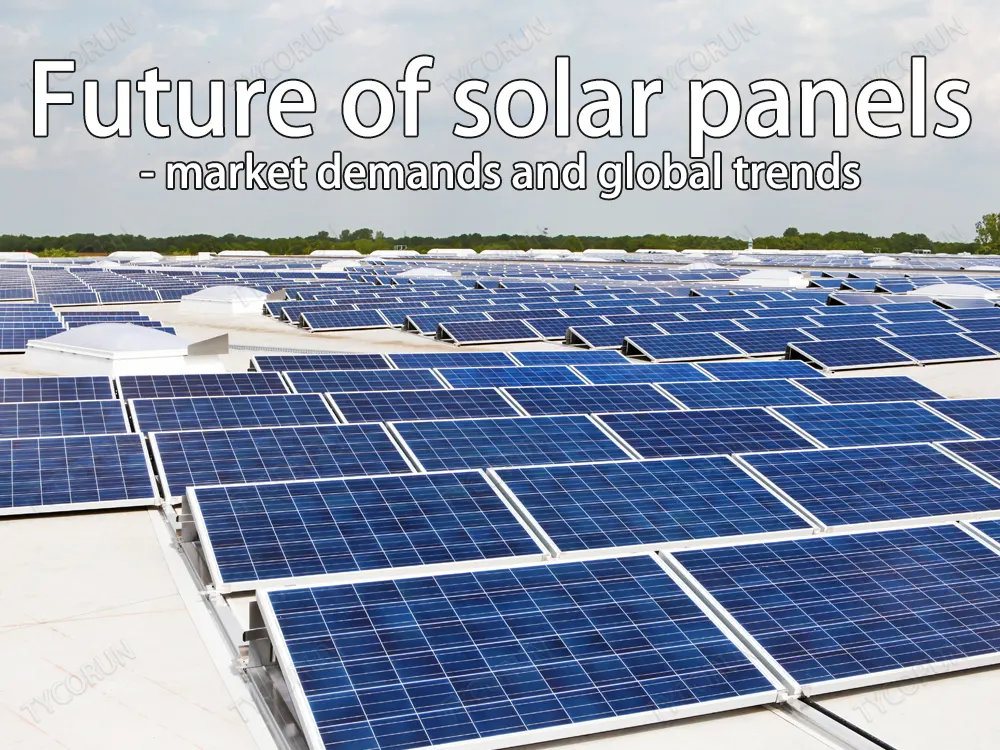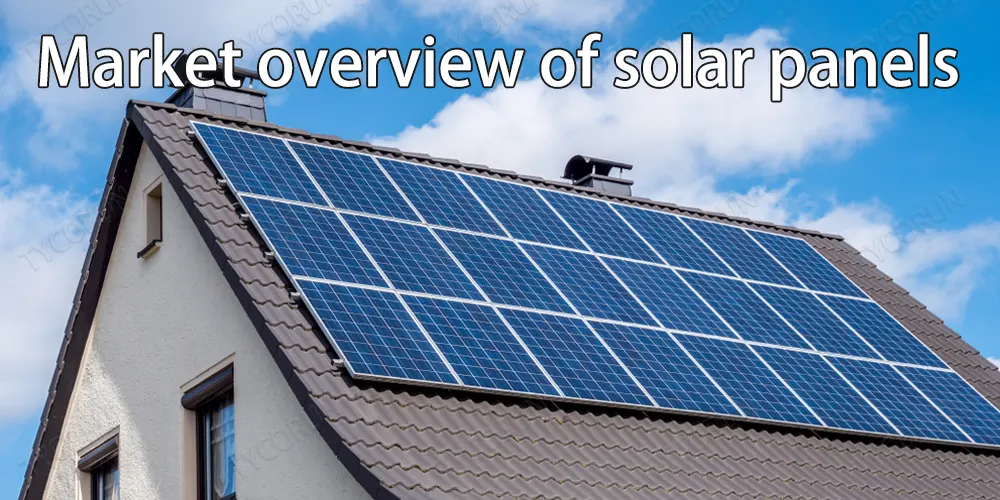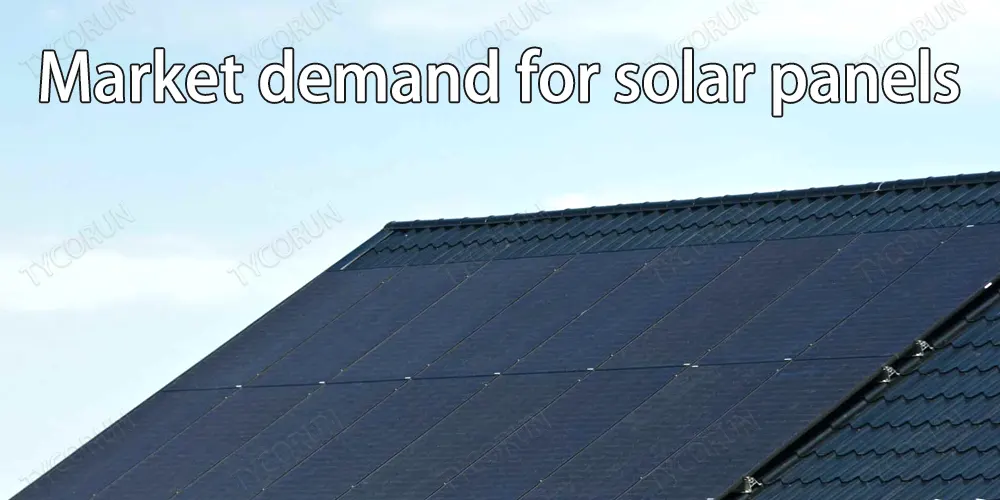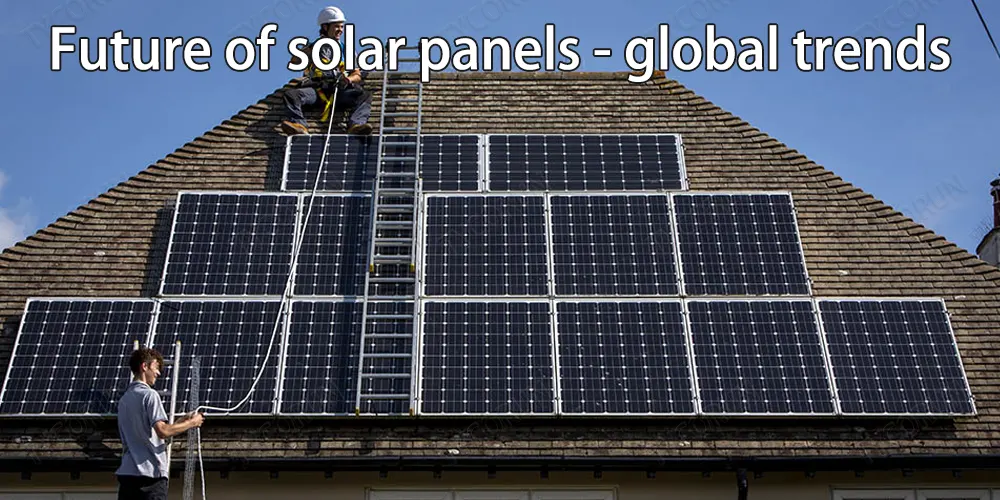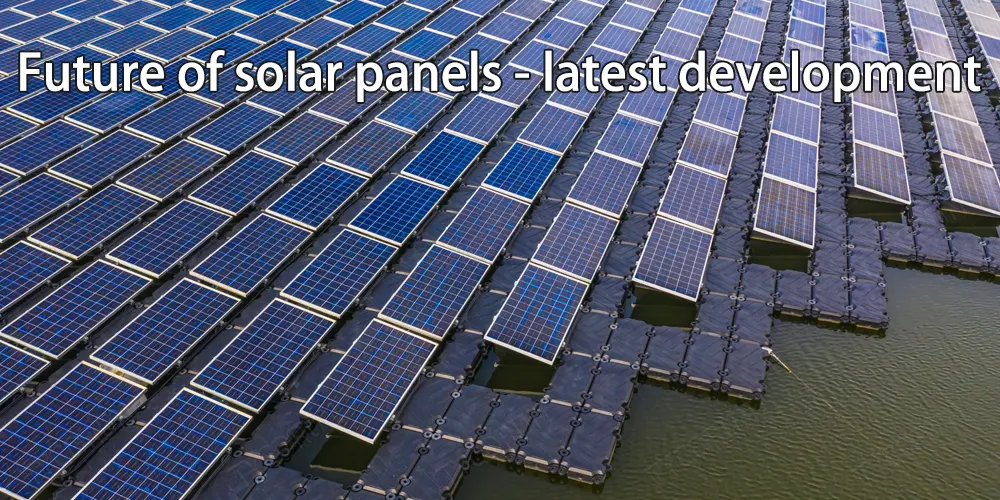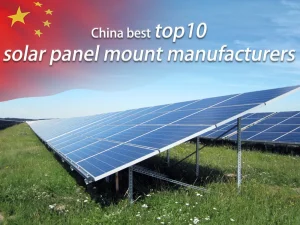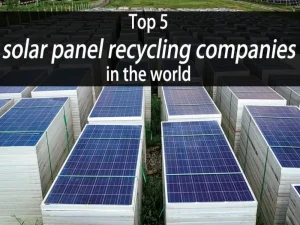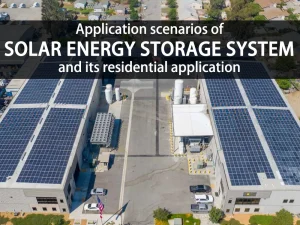Home » Solar Power System » Future of solar panels – market demands and global trends
Future of solar panels - market demands and global trends

Market overview of solar panels
The market is expected to continue to expand in the coming years owing to rising electricity costs and cost advantage of solar panels. Surging demand for the future of solar panels in the residential rooftop solar market and decreasing cost of solar batteries produced using polysilicon will further drive the progress of the market.
Moreover, the decreasing cost of solar panels has prompted several governments across the globe to take more steps and provide incentives, which is expected to boost the residential solar panel market. It is predicted that by 2030, the sales of thin films in the solar panel market will account for more than 66% of the total sales.
In terms of technology, the solar photovoltaic panel industry is divided into thin film and crystalline silicon, between which thin film solar panels are dominating the solar panel market due to the thin design, high durability, and flexible and lightweight materials.
Thin-film solar panels are popular for commercial and utility-scale projects due to their low installation costs. Thin-film solar panels are widely used to generate electricity, especially in regions where other photovoltaic cells are not suitable.
These panels consist primarily of thin semiconductor layers embedded in glass, plastic or metal. Thin-film solar panels, especially those with perovskite solar batteries, have the potential to become the most sustainable and viable solution of all technologies in the short term.
In terms of panels, grid-connected solar panels dominate the solar panel market. With low operating and maintenance costs and ease of use, these PV systems are cost-effective because they feed excess electricity back into the grid, eliminating the need for additional battery storage nearby.
In terms of application, most of the revenue of the solar panel market depends on the commercial category. Commercial solar photovoltaic panels can provide power for off-grid or remote industrial buildings with a lifetime of 15-20 years. These panels can also be used in offices, businesses and other outdoor settings.
Increasing usage of photovoltaic modules in corporate offices, hotels, hospitals, communication base stations, and data centers coupled with increasing demand for electricity is expected to drive demand for these products in the commercial sector.
Market demand for solar panels
High demand for renewable energy creates market demand
Due to the depletion of natural resources such as crude oil, coal, and natural gas, and the negative impact of fossil fuels on the environment, there is a huge demand for renewable energy. Solar panels offer several advantages over land-based solar panels, which is why they are expected to increase in demand, especially in areas with high concentrations of water.
Government policies have boosted investor confidence, so that countries facing power shortages are increasingly turning to renewable energy sources, and solar energy is one of them.
Rising investments in the renewable energy field is significantly driving the market growth
Electricity production costs from renewable energy sources are generally higher than conventional energy sources such as fossil fuels. However, global investment in renewable energy has been increasing due to its lower carbon footprint and increasingly competitive manufacturing costs.
As more investors pour money into the manufacture and development of future of solar panels, the industry has the resources to expand and innovate. This enables solar panel companies to increase the efficiency of their products, reduce costs and increase production capacity, thereby making solar energy more accessible and affordable to consumers.
Moreover, as more investors enter the market, competition intensifies, leading to further innovation and development of new solar technologies.
Global leading solar panel manufacturers
As examples, here lists some leading solar panel manufacturers around the world. For further information, you could click to check the top 10 solar battery manufacturers.
| Company name | Country |
|---|---|
| Jinko Solar | Shanghai, China |
| JA Solar | Beijing, China |
| Trinasolar | Changzhou, China |
| Canadian Solar | Guelph, Canada |
| SunPower Corporation | San Jose, California, USA |
| First Solar | Tempe, Arizona, USA |
| Hanwha Q-CELLS | Seoul, South Korea |
| Risenenergy | Ningbo, China |
| Talesun | Shanghai, China |
Future of solar panels – global trends
In the solar panel industry, the overall trend for the future of solar panels, especially floating solar power plant is going up, according to Vantage Market Research (VMR). Floating solar power plants are designed to be installed on floating waters (usually lakes or reservoirs) and consist of photovoltaic solar panels.
Instead of the expensive cost of collecting solar energy on land, the use of floating solar panels can also be installed on farmland. This preserves land for other purposes and boosts solar energy production. The market for this technology is expected to usher in a broader development.
Another trend that VMR predicts will continue in the the future of solar panels industry is the increase in microgrid deployments. A microgrid is an independent electrical network that operates on a small scale and has its own sources of generation and storage. It can operate independently or in conjunction with other microgrids.
Microgrids can be connected and disconnected from the main grid, operating in grid-tied and islanded modes. Microgrids can operate in island mode when the main grid fails or is intentionally disconnected. Microgrids are often used in rural areas where grid-connected power is limited or not available.
Future of solar panels – latest development
In July 2021, JinkoSolar made a major technological breakthrough and developed an N-type monocrystalline battery solution with an energy-saving efficiency of up to 25%, breaking the world record for the fourth time. This innovation represents a major advance for the company.
In November 2020, Canada’s largest off-grid solar project, constructed in two parts, is nearing completion, according to an announcement from ATCO Corporation Canadian Utilities. A 600-kilowatt and a 2,200-kilowatt solar plant were constructed in phases one and two.
The commercial category of the solar panel market will generate over 57% of the revenue
Based on application scenarios, the solar panel market is primarily segmented into residential, commercial, and industrial.
The commercial market is the largest application market. The use of solar panels in the commercial sector is rising rapidly. Due to the many benefits of solar energy, including cost savings, sustainability and environmental protection, more and more companies are using it to power their operations.
Additionally, the solar industry is evolving due to technological advancements and increasing investments in renewable energy, making it an even more attractive option for businesses.
On the other hand, the residential category is expected to grow significantly. Homes can now receive reliable secondary power from rooftop solar photovoltaic systems equipped with energy storage solutions, thereby boosting the market demand for all related products.
Super-large rooftop solar photovoltaic systems use large-scale storage systems to prevent changes in peak demand power supply and store the required power in batteries. Rising energy consumption due to industrialization and population growth is expected to drive regional market expansion.
APAC solar panels market will generate 55.20% more revenue
Governments in the Asia-Pacific region are making efforts to support the use of solar energy based on growing environmental concerns. Moreover, concerns over dwindling conventional energy resources and rising pollution levels in the region have accelerated market expansion.
Rising government support, steadily rising energy prices, and rising awareness of the advantages of solar energy utilization in the region are the key factors that India, China, and Japan are leading the industry.
North America is expected to witness the fastest growth in the solar panel market due to the variety of regulations in the region, including trade regimes, production incentives, and quota restrictions. The production of solar cells in the industrial sector has increased as more efficient solar cells have become available in the market.
In addition, the escalation of competition in the market has helped to reduce the cost of electricity production and expand the selection of future of solar panels. These factors are expected to increase the demand for the future of solar panels in the region during the forecast period.

